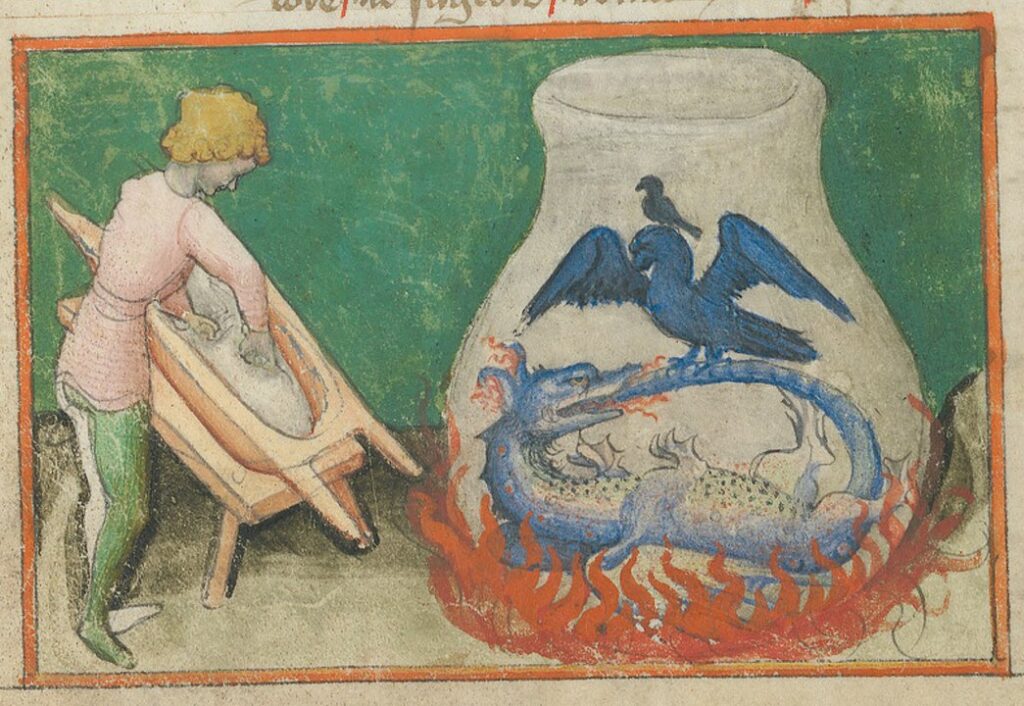
Origins and Practices
Alchemy, a precursor to modern chemistry, was a prominent field of study in medieval science. Originating in ancient Egypt and Greece, alchemy blended elements of philosophy, mysticism, and proto-science. Medieval alchemists sought to transform base metals into gold, discover the elixir of life, and understand the nature of matter. Their practices involved complex processes such as distillation, sublimation, and fermentation.
Contributions to Science
Despite its mystical aspects, alchemy made significant contributions to the development of scientific knowledge. Alchemists developed early laboratory techniques and apparatus, such as the alembic and crucible, that laid the groundwork for experimental chemistry. They also advanced the understanding of chemical substances and reactions, leading to the discovery of new compounds and materials.
Philosophical and Cultural Impact
Alchemy had a profound philosophical and cultural impact on medieval society. It was closely linked to the broader intellectual traditions of the time, including natural philosophy and the pursuit of hidden knowledge. Alchemical symbols and concepts influenced literature, art, and mysticism, reflecting the quest for transformation and enlightenment. Alchemists like Roger Bacon and Paracelsus bridged the gap between mystical traditions and emerging scientific methods.
Conclusion
Alchemy played a crucial role in the evolution of medieval science. Its blend of practical experimentation and philosophical inquiry contributed to the advancement of scientific knowledge and the eventual development of modern chemistry.
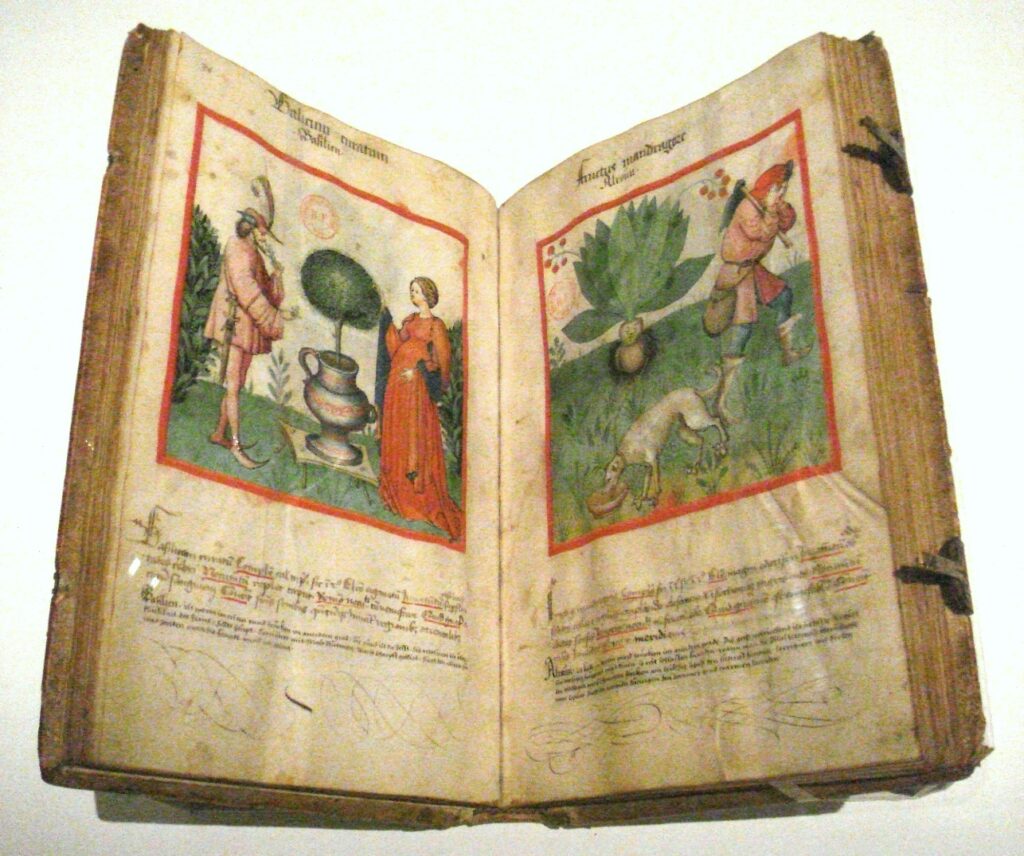 Transmission of Medical Knowledge
Transmission of Medical Knowledge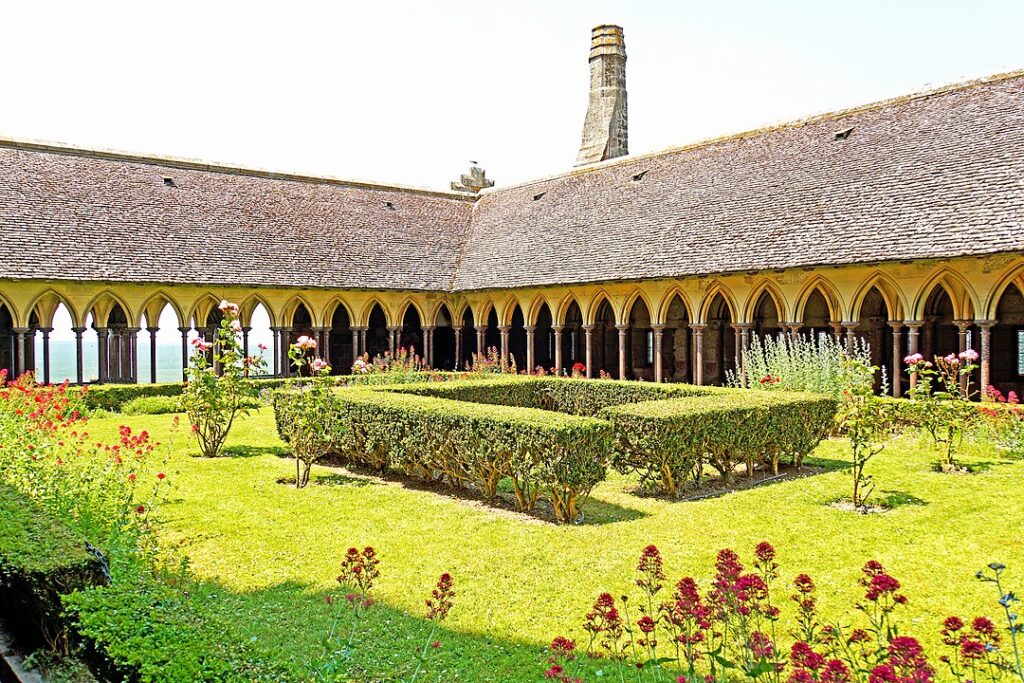 Design and Purpose
Design and Purpose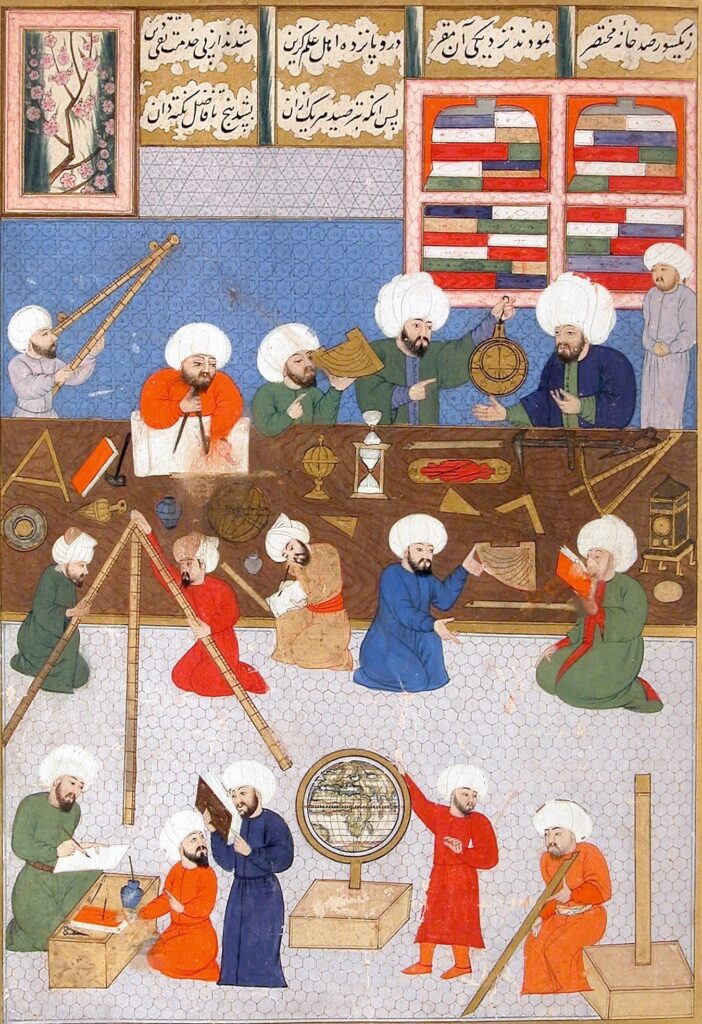 Transmission of Knowledge
Transmission of Knowledge Transmission of Knowledge
Transmission of Knowledge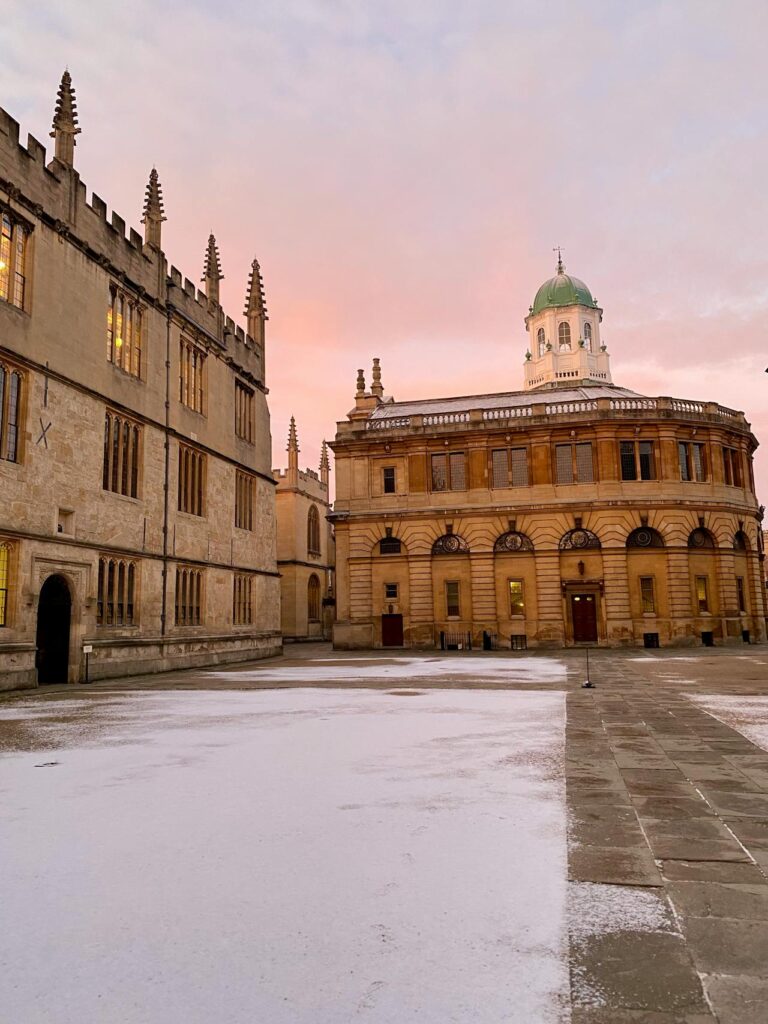 Foundations of Scientific Inquiry
Foundations of Scientific Inquiry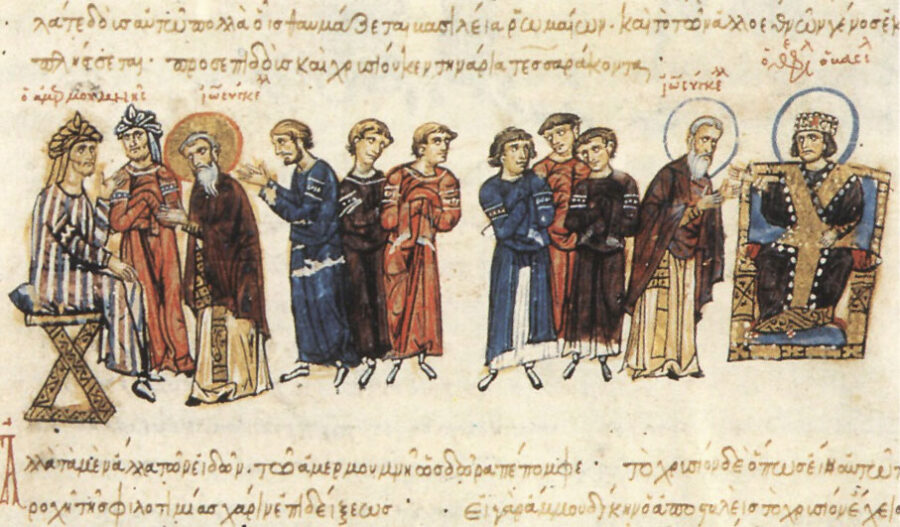 Pioneers of Medical Knowledge
Pioneers of Medical Knowledge Translation and Transmission of Knowledge
Translation and Transmission of Knowledge